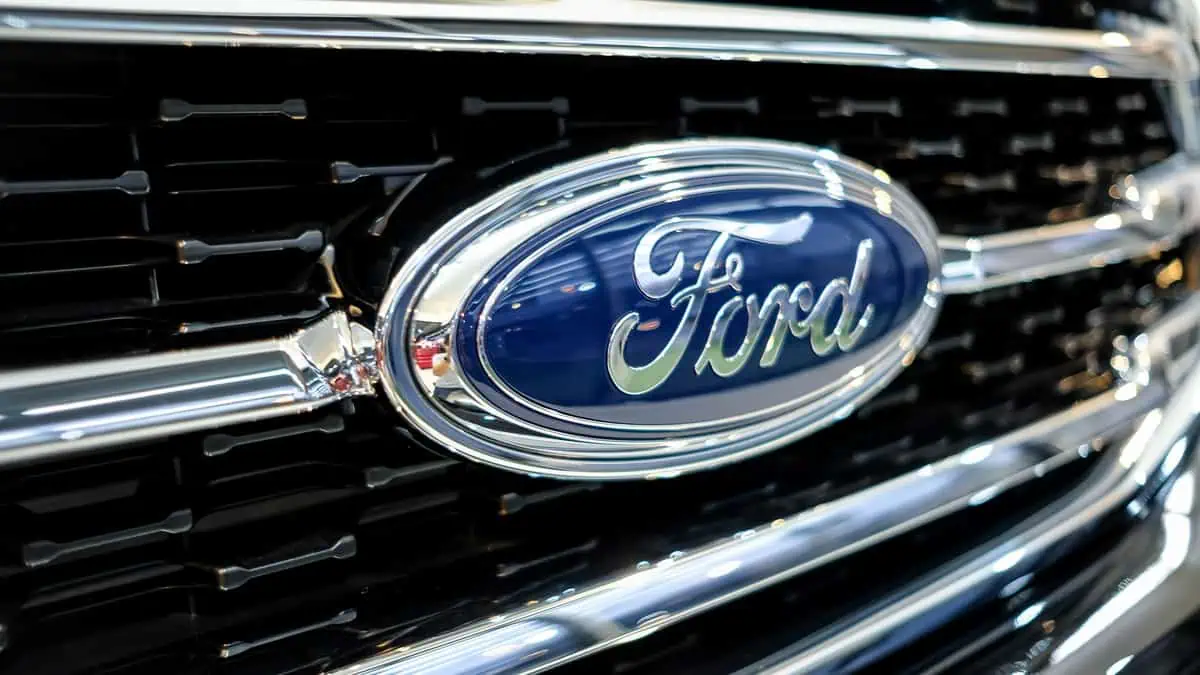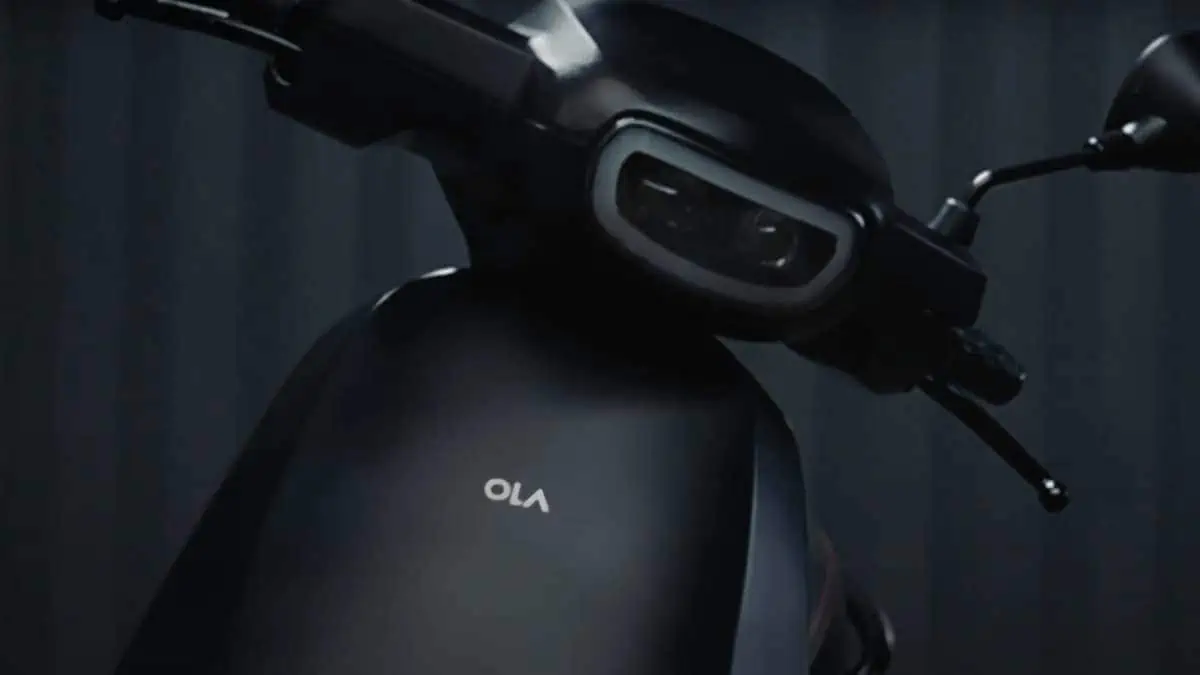Ford’s CEO Jim Farley declared that electric vehicles would require 40% fewer workers than building gasoline-powered vehicles, saying the automaker needs to make more parts in-house so that “everyone has a role” in the shift, according to Financial Times.
Farley warned on Tuesday (November 15) of “storm clouds” in the next phase of the EV switch. His company set a goal that by 2030, half of the global sales will come from EVs, part of a wider shift among manufacturers.
“It takes 40 per cent less labor to make an electric car, so . . . we have to insource, so that everyone has a role in this growth,” said Farley at a conference in Detroit.
In addition, Farley told civil rights activist Jesse Jackson, whose Rainbow Push sponsored the conference, “We have a whole new supply chain to roll out, in batteries and motors and electronics, and diversity has to play an even greater role in that,”
EV transition expects fewer auto industry jobs
The EV transition is widely anticipated to lessen the number of auto industry jobs because they have fewer parts than internal combustion engine (ICE) cars.
The sector has been unionized for decades, paying wages that put blue-collar workers in the middle class. In 2018, the United Auto Workers union approximated that the EV transition could cost 35,000 jobs out of the 400,000 workers it presents.
Notably, potential job losses have also been predicted elsewhere. A report from a German working group noted that the country’s car sector could cut 400,000 jobs over the next decade amid the move to electric power.
Ford job cuts in August
“We worked differently than in the past, examining each team’s shifting work statement connected to our Ford+ plan. We are eliminating work, as well as reorganizing and simplifying functions throughout the business. You will hear more specifics from the leaders of your area of the business later this week.” noted in the letter written by Bill Ford and CEO Jim Farley.
Since July, Farley has said that Ford has “too many people.” In August, it cut 3,000 contract workers and employees, with executives saying the company’s cost structure is “uncompetitive” compared to other automakers. At the end of 2021, Ford had 183,000 employees.
“None of this changes the fact that this is a difficult and emotional time. The people leaving the company this week are friends and coworkers and we want to thank them for all they have contributed to Ford. We have a duty to care for and support those affected — and we will live up to this duty — providing not only benefits but significant help to find new career opportunities.”
Company partnerships for battery production
Carmakers’ traditional supply chains are slowly being replaced with battery production, a critical component of electric vehicles. For instance, since 2014, Panasonic and Tesla have worked together to produce batteries at Tesla Nevada’s first Gigafactory.
Furthermore, Ford and General Motors partnered with battery makers SK Innovation and LG Chem to build US factories to provide batteries for their expanding EV offerings.
Ford’s shift to vertical integration
A shift in Ford’s corporate strategy towards more vertical integration would go back to the automaker’s early days when founder Henry Ford owned forests, limestone quarries, iron mines, and even a rubber plantation in Brazil to control the company’s supply chain entirely.
“If Henry Ford came back to life he would have thought the last 60 years weren’t that exciting, but he would love it right now because we’re totally reinventing the company,” said Farley.






